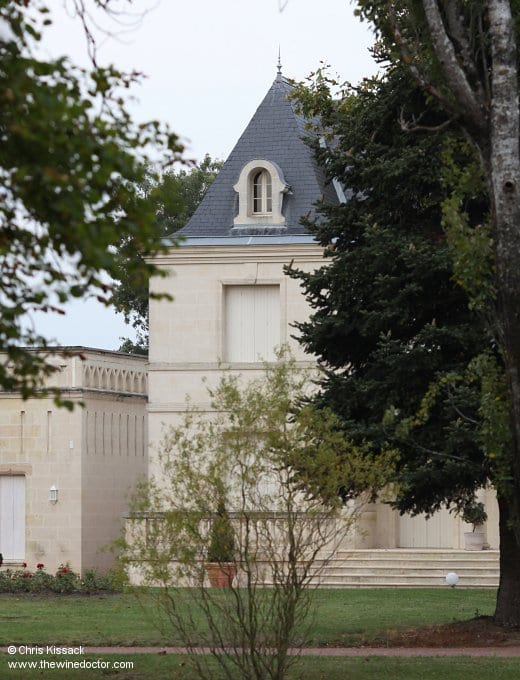Château Preuillac
Not far north of the grand communes of Bordeaux’s peninsula, which sit on the banks of the Gironde estuary, are the vineyards of the Médoc. The soils are commonly described as being rich in clay, which makes for an easy contrast with the river-side gravelly croupes of St Estèphe, Pauillac and St Julien. In truth the picture is rather more complicated than that; yes there is clay, but there are also richer alluvial soils and sandy deposits which betray the region’s proximity to the Gironde, and there is gravel here and there. Some of the land, especially the more low-lying parts on the water’s edge, or around the silted-up island of Jau-Dignac-et-Loirac, are suitable only for arable farming, or grazing.
What vines are planted here tend to hug the Gironde. Head north out of St Estèphe on the famed D2 and very soon you come to Château Sociando-Mallet, situated on a final reprise for the great gravel terroirs of the left bank, and also Château Coufran. From here viticulture spreads out to the west, towards Lesparre-Médoc; this is where the vines of Château Potensac, owned by Jean-Hubert Delon of Château Léoville-Las-Cases, can be found. And just a few minutes down the road lies Château Preuillac.
History
The vineyard at Château Preuillac dates from at least the 19th century, when the property was in the ownership of a gentleman named Laloubie.

Please log in to continue reading:
